 Humans
Humans  Humans
Humans  Animals
Animals 10 Animals That Humiliated and Harmed Historical Leaders
 History
History 10 Most Influential Protests in Modern History
 Creepy
Creepy 10 More Representations of Death from Myth, Legend, and Folktale
 Technology
Technology 10 Scientific Breakthroughs of 2025 That’ll Change Everything
 Our World
Our World 10 Ways Icelandic Culture Makes Other Countries Look Boring
 Misconceptions
Misconceptions 10 Common Misconceptions About the Victorian Era
 Mysteries
Mysteries 10 Strange Unexplained Mysteries of 2025
 Miscellaneous
Miscellaneous 10 of History’s Most Bell-Ringing Finishing Moves
 History
History 10 Great Escapes That Ended Right Back in Captivity
 Humans
Humans 10 Everyday Human Behaviors That Are Actually Survival Instincts
 Animals
Animals 10 Animals That Humiliated and Harmed Historical Leaders
 History
History 10 Most Influential Protests in Modern History
Who's Behind Listverse?

Jamie Frater
Head Editor
Jamie founded Listverse due to an insatiable desire to share fascinating, obscure, and bizarre facts. He has been a guest speaker on numerous national radio and television stations and is a five time published author.
More About Us Creepy
Creepy 10 More Representations of Death from Myth, Legend, and Folktale
 Technology
Technology 10 Scientific Breakthroughs of 2025 That’ll Change Everything
 Our World
Our World 10 Ways Icelandic Culture Makes Other Countries Look Boring
 Misconceptions
Misconceptions 10 Common Misconceptions About the Victorian Era
 Mysteries
Mysteries 10 Strange Unexplained Mysteries of 2025
 Miscellaneous
Miscellaneous 10 of History’s Most Bell-Ringing Finishing Moves
 History
History 10 Great Escapes That Ended Right Back in Captivity
10 Deadly Disasters We Should Have Seen Coming
We know that our readers love to read articles about disasters. Which is fine by us—for ostensibly being the smartest creatures on the planet, we human beings make enough terrible, terrible mistakes to ensure that we will likely never run out of this type of discussion fodder.
The following events—most of which are pretty well-known—are tied together by a few common threads. For one, mistakes were made. For two, people died, and—had common sense prevailed—they could have been far less deadly, or prevented altogether.

Death Toll: Undetermined
As the only country to ever be on the receiving end of a nuclear weapon deployment, Japan has long vowed to never develop nuclear weapons themselves. For decades, though, a great deal of the country’s electrical power has been provided by nuclear power plants—its first came online in 1966, and its 54 plants rank it among the top countries in the world in that respect.
On a fateful March day in 2012, a tsunami triggered by a powerful earthquake swept through Fukushima nuclear power plant, causing three of its six reactors to melt down and resulting in the worst nuclear accident since Chernobyl. Despite the risks posed by tsunamis to nuclear plants being very well understood—and stringent preventive standards put in place by Japan’s nuclear regulatory commission—those standards were simply not followed leading up to the incident. A report issued by Japan’s parliament referred to the disaster as “man-made” because—while it is obviously impossible to prevent or accurately predict earthquakes—the nuclear accident could easily have been avoided.
While over 20,000 died in the earthquake and resulting tsunami, the actual death toll from the nuclear incident is undetermined. Various reports cite between two and six deaths at the scene; the health implications for those exposed to the radiation from the accident may never be fully known.
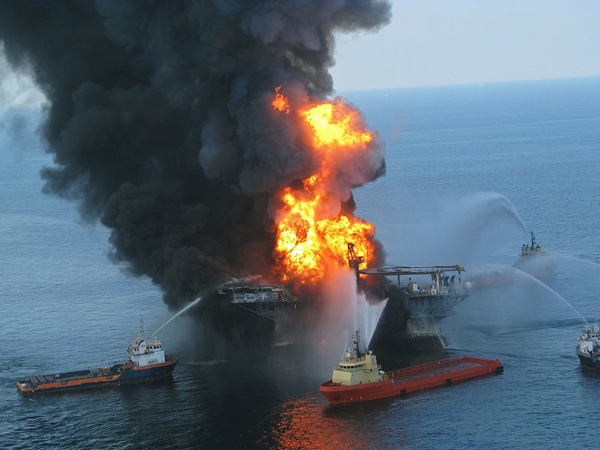
Death Toll: 11
The single worst marine oil spill in history, the sinking of the Deepwater Horizon rig claimed eleven lives and resulted in an ocean floor oil gusher spewing crude into the sea unabated for almost three months. When all was said and done, nearly five million barrels of oil had been deposited into the Gulf of Mexico, and it didn’t take long to ferret out the root cause of the disaster: lax management by British Petroleum (BP), who owned the well, and a series of simple oversights.
A lengthy report by the national oil spill commission identified nine separate management decisions that saved the company time and/or money that may have been contributing factors, as well as—most frustratingly—a “culture of complacency” among management and an unwillingness to adhere to “world-class safety standards”. The kinds of things that are bad enough when they lead to a grease fire at a restaurant, but are absolutely maddening when they lead to one of the worst environmental catastrophes ever.
If this doesn’t angry up the blood effectively enough, consider: BP had an engineer on board the rig whose job it was to interpret the kind of data that would have effectively prevented the tragedy altogether. This was pretty much his sole purpose for being on board, yet BP employees chose to crunch the data themselves; the engineer was never consulted, and the commission stated that if he had been, “events likely would have turned out differently”.

Death Toll: 14 (combined)
The 1986 Space Shuttle Challenger disaster—in which the shuttle exploded moments after takeoff—traumatized a nation of schoolchildren, who were watching on live TV as the first teacher in space, Christa McAuliffe, perished along with six other crew members. The cause of that accident was determined to be a faulty O-ring, which sounds innocuous enough; this particular O-ring helped to seal one of two solid rocket fuel boosters, and when it was breached, the escaping gases were hot enough to burn a hole in the shuttle’s external fuel tank. It exploded, taking the shuttle with it. This would seem like a fluke, had NASA not ignored partial failures of the same O-ring on previous launches, or been warned about their susceptibility to cold weather (it was 36 degrees at the time of the launch). They did, and they were; but, if there was a lesson to be learned here, it would take another disaster for NASA to learn it.
That would be the 2003 Space Shuttle Columbia disaster, in which the shuttle vaporized upon re-entry to Earth’s atmosphere, again killing all seven crew members. This happened when a chunk of insulating foam—referred to as “briefcase-sized” in most accounts—tore free of an external fuel tank and struck the left wing of the craft. The extent of the damage wasn’t known until the doomed attempt at re-entry, and officials concede that had they known, there still was nothing they could have done to prevent the explosion.
But, studies as far back as 1990 warned that these foam tiles were vulnerable points, and that ice buildup could cause them to break free, which is exactly what happened to Columbia. Heavy rainfall leading up to the launch almost certainly contributed to this as well, and we once again seem to be talking about a “culture of complacency”—and a mindset that rewards achievement at all costs over safety. The 2003 incident resulted in the permanent cancellation of the shuttle program.
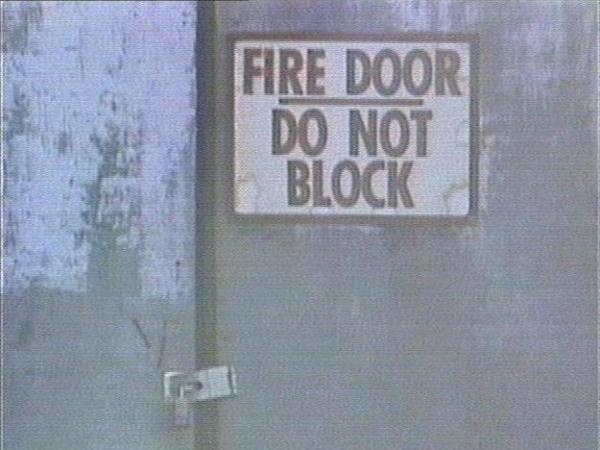
Death Toll: 25
For ten years up until 1991, the Imperial Foods processing plant in Hamlet, North Carolina, churned out chicken nuggets and strips for fast food chains and grocery stores around the country. Nearly 200 people were employed at the plant in ’91, and for the decade it had operated, state safety inspectors had not paid it one solitary visit.
Accounts vary as to whether the problem was flies getting in or stolen chicken getting out, but owner Emmett Roe’s solution was as simple as it was obviously hazardous—to padlock all the doors. On September 3, 1991, seven of the plant’s nine doors were locked or otherwise inaccessible when a hydraulic line failed, spewing gallons of hydraulic fluid which was ignited by gas burners for the frying vat. This caused a fire that produced voluminous amounts of extremely toxic smoke, toxic enough to incapacitate a person within seconds.
25 people lost their lives. As a result of the disaster, the state levied the highest fines it ever has for safety violations before or since, exceeding $800,000; Roe pleaded guilty to 25 counts of involuntary manslaughter and served just under five years of a 19-year sentence.
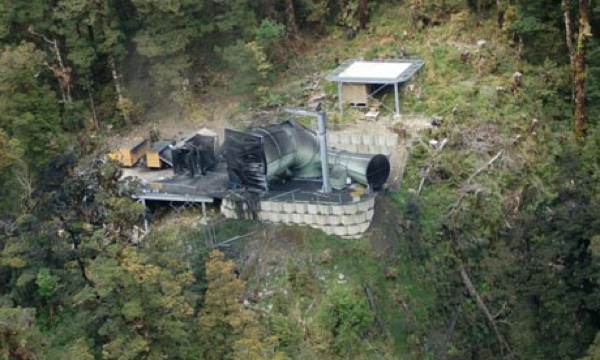
Death Toll: 29
New Zealand’s Pike River coal mine was supposed to bring in ridiculous amounts of export income for the country. It was to be opened in 2008, but “technical difficulties” with some of the machinery forced it first load of 60,000 tons of coal to be pushed back to early 2010, which was an early indicator that perhaps this operation was not proceeding smoothly.
In fact, the owners of the mine were under a lot of pressure from their financiers to produce, and because of this—you may see a theme developing here—safety became secondary to production. In an absolutely astonishing oversight, there was only one active sensor to detect levels of methane in the mine; it failed, and the only surprising thing about what happened next is that it didn’t happen sooner.
On November 19, 2010, an explosion trapped 29 workers within the mine. Rescuers could not enter due to the risk of another explosion, and if that sounds callous, it may have been—but the fear was not unfounded. On the 24th another explosion did take place, followed by another on the 26th, and another on the 28th. All 29 miners lost their lives, and as of January 2011 the mine—which was projected to generate 170 million dollars in annual income for New Zealand—has been sealed, and attempts at recovery abandoned.
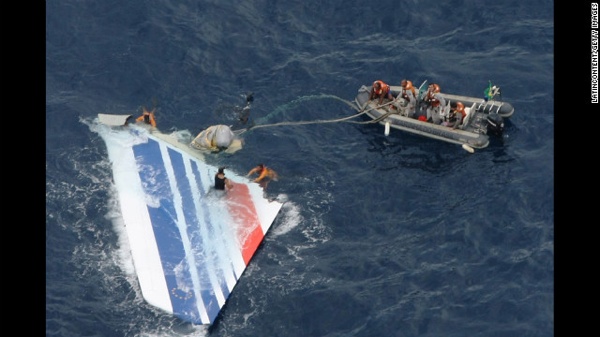
Death Toll: 228
The Airbus A330 is one of the most sophisticated and popular passenger planes in the modern aviation industry. It has downright futuristic autopilot controls—to the extent that once a flight path has been programmed, pilots only have to spend about three minutes manually controlling the plane; about a minute and a half during takeoff, and during landing.
Unfortunately, this is a bit of a double edged sword—part of a pilot’s experience is knowing how a plane handles in all conditions, including adverse ones, like the ones that met Air France Flight 447 over the Atlantic Ocean on June 1, 2009.
Flying through a thunderstorm, the plane’s speed sensor became clogged with ice and began relaying inaccurate information to the flight crew. It was determined in an investigative report by the French government that confusion reigned among the inexperienced crew, who “seemed to have trouble looking past the automation they were accustomed to and not really able to continue with the old raw information that pilots used to depend on”. Because of the clogged sensor, the autopilot eventually returned manual control of the plane to the crew, who failed to properly diagnose what was happening and stalled the plane. It crashed into the Atlantic, killing all 228 people aboard.
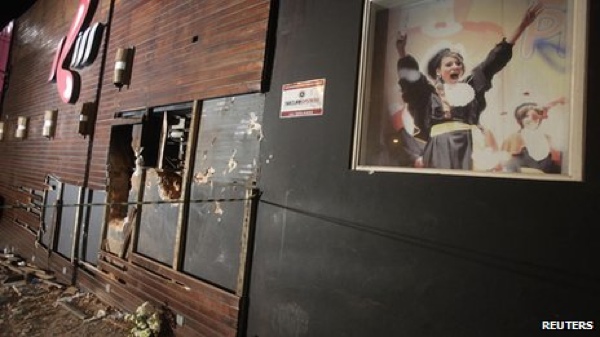
Death Toll: 230+
In January 2013, a perfect storm of oversights and neglect—combined with one excruciatingly stupid decision—led to a fire that devastated the Kiss nightclub in Sao Paulo, Brazil, killing more than 230 people. It was one of the worst such incidents in the country’s history, and the fact that the club was operating with an expired fire safety certificate is only the most obvious indicator that it should not have been operating at all.
The club was reported to have a capacity of 2,000, despite 1,300 being the maximum allowable occupancy for its square footage under Brazilian law; there were no working fire extinguishers, sprinklers or emergency lighting, nor were there clearly marked emergency exits—as evidenced by the fact that some panicked clubgoers tried to cram themselves into the restrooms, thinking them to be exits.
The stupid decision? The band that was playing that night decided to introduce pyrotechnics to this tinderbox. Pyrotechnics that were designed for outdoor, not indoor use, because… the outdoor versions cost a buck twenty five, while the indoor flares cost 35 bucks apiece. Sparks from the flares ignited soundproofing tiles on the ceiling, and the rest is maddening, tragic history.
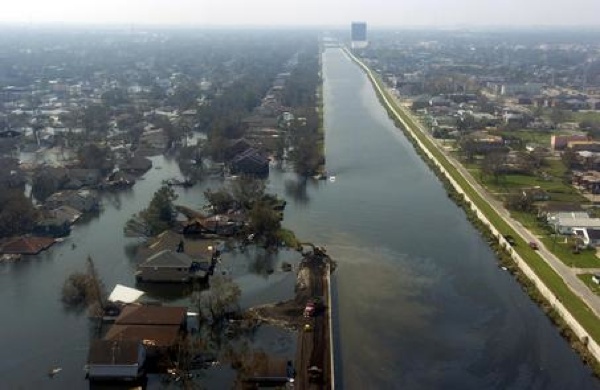
Death Toll: 1,836
Louisiana, like most states in the southeastern portion of the U.S., is no stranger to hurricanes. Katrina, the storm which devastated New Orleans in 2005, was a category 3 hurricane, like the more recent hurricane Sandy, which struck the East Coast in 2012. Sandy was directly or indirectly responsible for 285 deaths, however; Katrina was responsible for ever eighteen hundred. Most of the death toll was due to flooding, the result of the catastrophic failure of New Orleans’ levee system.
Three teams of engineers independently reached the same conclusion in investigating the aftermath of the storm—Katrina, while it would have caused modest flooding and wind damage in any event, was amplified into the full-scale catastrophe it was due to design flaws in the levees, which were built by the Army Corps of Engineers specifically to protect the city against just such a hurricane. Explained Ray Seed, head of one of the teams, at a press conference: “People didn’t die here because the storm was bigger than the system could handle…People died because mistakes were made and because safety was exchanged for efficiency and reduced costs.”
Reduced costs, indeed. In addition to the ridiculous, unnecessary and predictable loss of life, Katrina became hands-down the costliest natural disaster in United States history, with cleanup and recovery costs currently estimated at 108 billion dollars—and counting.
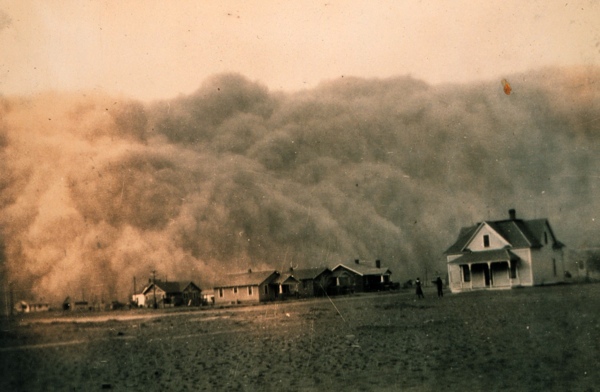
Death Toll: Undetermined
Most of the disasters on this list played out over relatively brief periods of time—most in weeks or months, some in as little as a day. The scourge that has come to be known as the Dust Bowl played out over the entire decade of the 1930s, in the heartland of America.
It was during this time that thousands of East Coast dwellers began heading west to seek relief from the hardships wrought by the Great Depression. The key factor here is that the preceding few years had brought uncharacteristically heavy rains; few remembered that after the Civil War, settlers passing through the area had continued straight through to the West Coast because the land was practically uninhabitable—on some maps of the late 1800s, the area is referred to as the “Great American Desert”.
The rains had brought heavy grass and plant growth to the area—giving the new settlers the mistaken impression that the area was suitable for farming. And farm it they did, or at least they tried—plowing and plowing again, vast stretches of land that had its moist topsoil eradicated, leaving only dry dirt and dust. And when the wind kicked up, this dirt and dust became a malevolent, deadly force.
On the heels of a ten-year drought, these dust storms literally choked the life out of hundreds of square miles of land. Nobody knows how many died due to starvation or illness due to respiratory and other diseases. The drought finally broke in the fall of 1939—just in time for the outbreak of World War II.
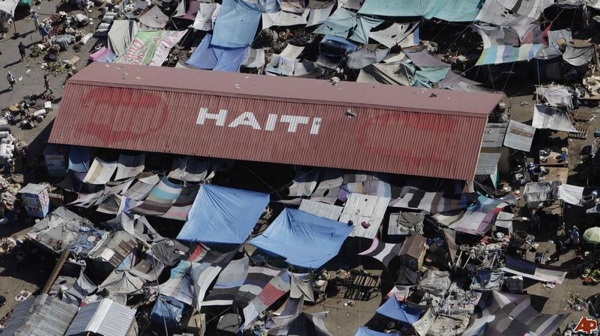
Death Toll: 316,000
As of 2010, there was probably no country on Earth more ill-suited to withstand a catastrophic earthquake than the tiny island nation of Haiti. An underdeveloped country, Haiti has never had a robust infrastructure; there are literally no such thing as building codes. This alone was a recipe for disaster, but when that disaster finally struck, geologists the world over were less than surprised—they’d been predicting just such an event for years.
You see, one of the world’s largest fault lines—comparable to California’s famed San Andreas—runs quite close to Haitian capital of Port-Au-Prince. The fault had been creeping along at seven millimeters a year—for two and a half centuries. It was literally not a question of if, but when; the year before the quake, one professor of geology at Oregon State University said in an unrelated interview that a big quake striking the West Coast of the States concerned him far less than the situation in Haiti.
That situation came to its terrible fruition on January 12, 2010. The 7.0 magnitude quake killed over 300,000 people, injured that many more, and left a million homeless. A pair of geophysicists who specialize in Caribbean fault lines, Eric Calais and Paul Mann, warned that this was imminent in 2008. And while it’s not like it would have been feasible to abandon the island, it seems like there must have been a course of action preferable to the one that was taken—none.
There are more interesting lists on Floorwalker’s blog, and the cool kids follow him on Twitter.








